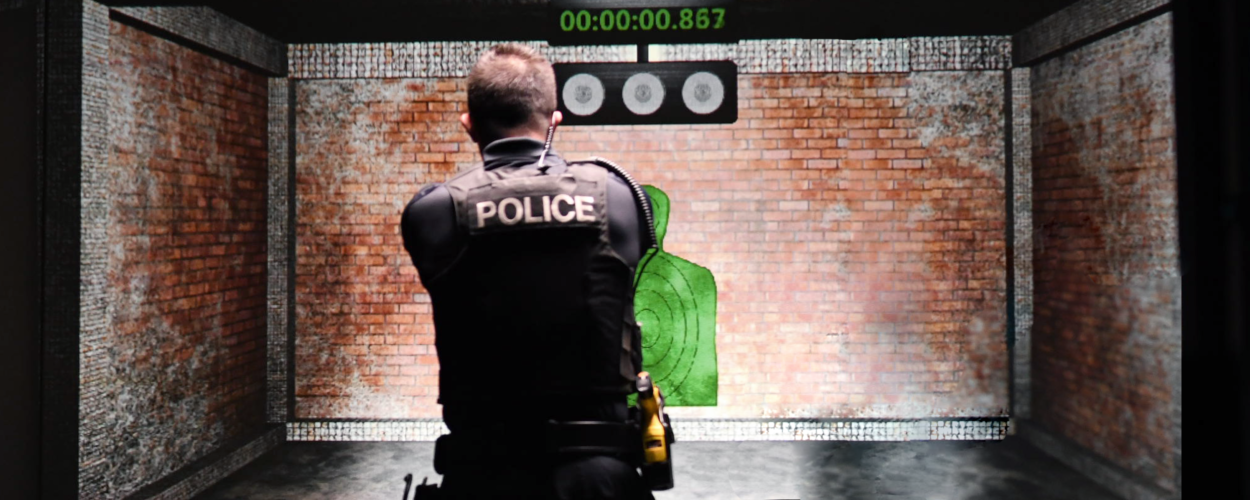
From the way we perceive, recognize, and respond to a threat to how that stress affects our performance, there is a science behind every human reaction and perception. To better understand optimum training and tactics, it is important to understand the science behind human performance as well.
It is beneficial for instructors to know how the brain processes and uses information. This information is what directs the body to perform in a certain way. By studying these processes even at surface level, the complexity of decision making in policework becomes apparent. It can help foster better training habits to recognize how the mind works with the body.
Perception
When we get information from the environment through sight, sound, etc., our minds process it. Both the information and the interpretation of it are the two vital parts of perception.
Perception can be altered if the information is of a lower quality – such as an excess of or lack of light or sound from the environment. If your focus of attention is elsewhere or non-existent, it interferes with perception. Additionally, arousal can heighten your ability to perceive.
Schema is another possible obstacle to perception. Schemas are models used to organize knowledge and categorize certain things and situations. This is what allows us to recognize events quickly in the world. For example, imagine a subject drawing a weapon. Some may imagine a person pulling a gun from the hip area. However, there are other objects besides a gun that can be removed from the hip area. A phone or a wallet, for example.
Reaction and Response Time
When a person hears and/or sees a stimulus, it takes time for the brain to process and interpret that information before an action is performed. You must also account for the time it takes to move to complete that action. Many things can lengthen the time between perception and response.
This process is vital for officers and instructors to understand, as it relates to the commonly used “split-second decision making” described in policework. It is also where decision training comes into play and considering what types of training foster correct decisions and fast responses.
Think of how parts of many firearms training courses work. A buzzer goes off, and the officer shoots a target. This is a great example of a stimulus eliciting a response; however, it is not the pattern that officer involved shootings follow. This is where officers should be trained in evaluating before responding – not just relying on stimuli.
Stress and Arousal
Stress is different for everyone. Sometimes it comes from chaos, sometimes from an event perceived as frightening. It tends to happen to officers particularly when their safety is at stake. Stress increases your heart rate, blood pressure, and breathing rate while also making you more tense.
Arousal relates more to heightened senses and readiness to act. You have likely heard of the “fight, flight, freeze, fawn” responses – these are initiated by arousal. Arousal can increase performance to a certain point – and it depends on whether the task is cognitive-based or strength-based. Having lower arousal is better during a cognitive task such as chess, but higher is better for a strength or endurance task like wrestling.
When keeping stress and arousal in mind – imagine how they may affect an officer during a tense situation.
Human Factors in Force Encounters
Due to the high importance of this topic, VirTra developed a 7-hour NCP-certified course based on groundbreaking research such as the work done by Force Science. “Human Factors in Force Encounters” includes in-depth information pertaining to the information above while fostering decision making by providing 7 modules of drills to be completed in the VirTra simulator. It intertwines classroom learning and practice in a simulated environment.
If you are interested in starting your simulation training journey with VirTra, contact a specialist.
Recently Published
Join Our Newsletter







